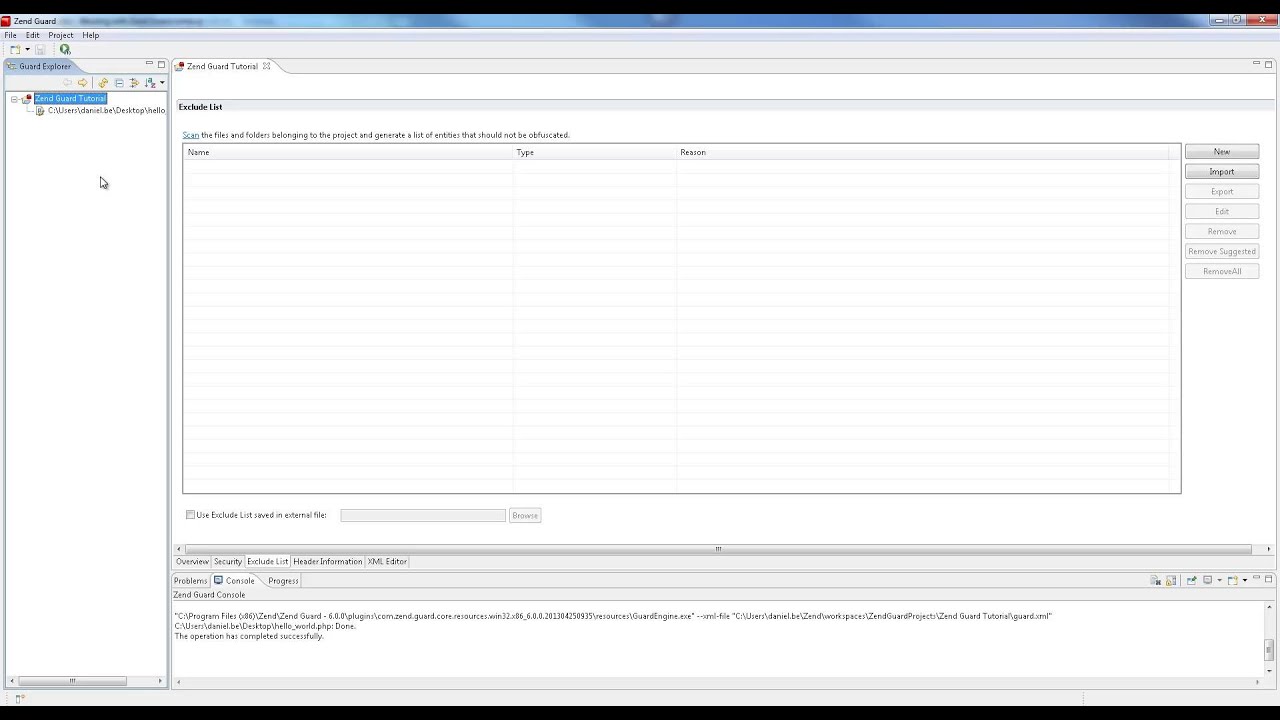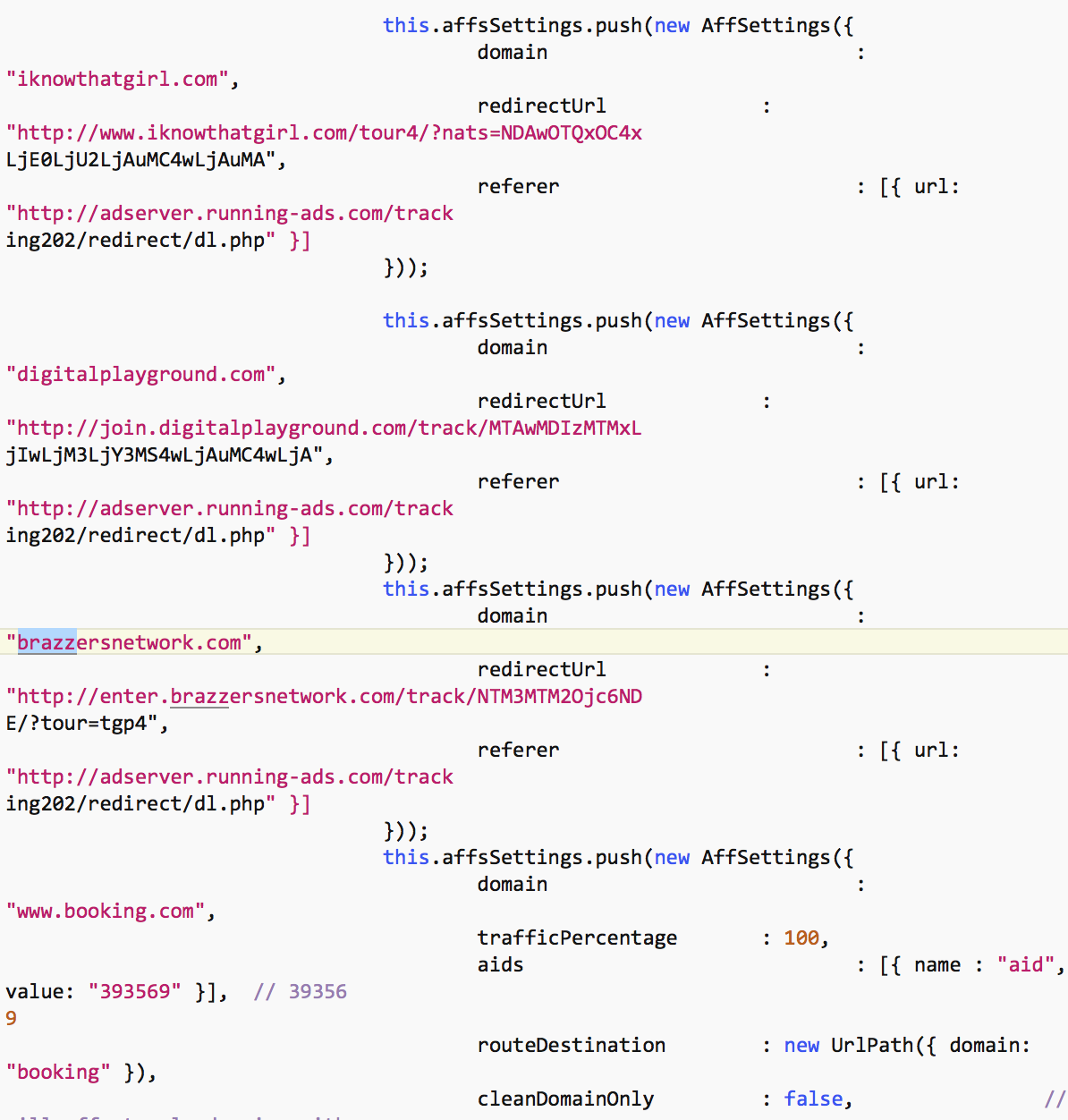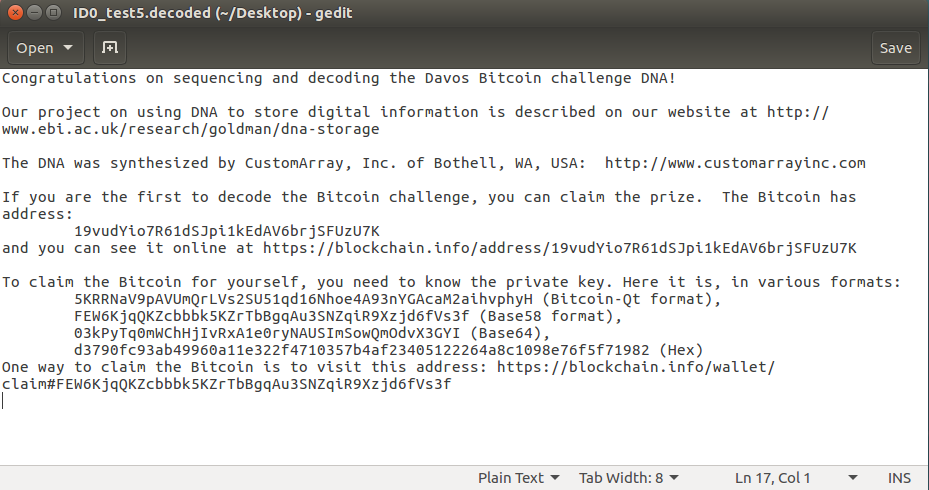
Given that Babel's core functionality involves transforming modern JavaScript, it is incentivised to keep the AST definition and the parser up-to-date with new language syntax.

Because only JavaScript primitives are executed, this is not a security problem. The same value 0x7C900000 is then stored into the ecx register and the value stored at. For example, instead of emulating = expressions which is error-prone since they can result in surprisingly un-intuitive results, the expression can simply be evaluated on the de-obfuscator virtual machine. The first instructions of the deobfuscated code are presented on the picture below: The first instruction loads the previously saved base address of the ntdll.dll library into register eax and then stores it at stack the offset location ebp 50. This allows some transformations to be implemented without the need to emulate JavaScript behaviour. In software, for example, we would speak of a class break if an attacker can not only remove a copy protec- tion mechanism on the software purchased, but also. Babel's core package "babel-core" and its helpers "babylon" (parser) and "babel-types" (AST) provide useful functions for AST manipulation. Experimental results show that D svmp provides stronger protection with comparable runtime overhead and code size, when it is compared to two commercial VM-based code obfuscation tools.This tool using babel-plugin-deobfuscate to implement. We have implemented D svmp in a prototype system and evaluated it using a set of widely used applications. Secondly, it employs multiple VMs to further obfuscate the mapping from VM opcode to native machine instructions, so that the same opcode could be mapped to different native instructions at runtime, making code analysis even harder. By randomly choosing the program execution path, the application exposes diverse behavior, making it much more difficult for an attacker to reuse the knowledge collected from previous runs or similar applications to launch an attack. Firstly, it uses a dynamic instruction scheduler to randomly direct the program to execute different paths without violating the correctness across different runs. D svmp brings together two techniques to provide stronger code protection than prior VM-based approaches. This paper presents D svmp, a novel VM-based code obfuscation approach for software protection.


Such approaches, however, are vulnerable in certain scenarios where the attacker can reuse knowledge extracted from previously seen software to crack applications protected with the same obfuscation scheme. State-of-the-art VM-based protection approaches use a fixed scheduling structure where the program always follows a single, deterministic execution path for the same input. Code virtualization built upon virtual machine (VM) technologies is emerging as a viable method for implementing code obfuscation to protect programs against unauthorized analysis.


 0 kommentar(er)
0 kommentar(er)
